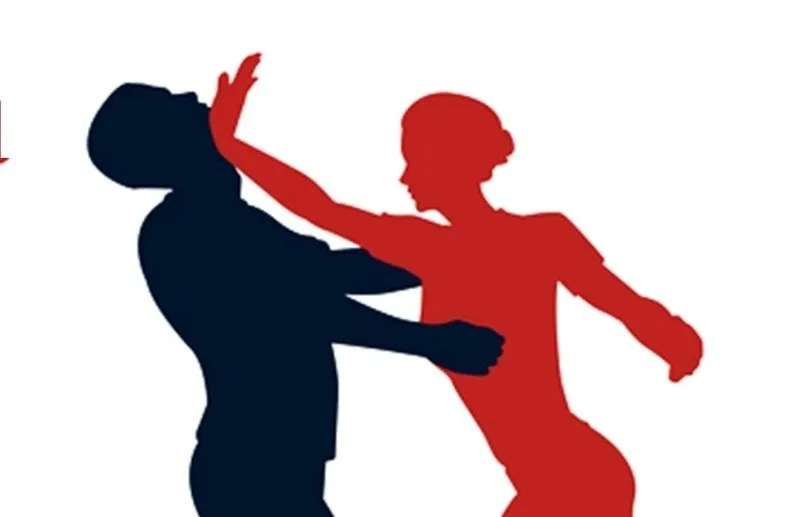
Variety, The Spice of Life!
Fitness and self-defense are two crucial aspects of the martial arts lifestyle. Both require consistent training and practice to develop the necessary skills and strength. However, it is important to note that incorporating variety in your fitness and self-defense training is essential for optimal results. Some of the reasons why variety in fitness and self-defense training is important:
Prevents boredom: Doing the same workouts and techniques repeatedly can become monotonous and lead to stagnation. This can cause you to lose motivation and interest in your training. Incorporating a variety of exercises and techniques can make your training more exciting and enjoyable.
Reduces the risk of injury: Repetitive use of the same muscles and joints increases the risk of overuse injuries. Adding variety to your training routine can help prevent overuse injuries by reducing the repetitive strain on specific muscle groups and joints.
Improves overall fitness: Incorporating a variety of exercises in your fitness routine help you develop different aspects of fitness, such as cardiovascular endurance, strength, flexibility, and balance. This can lead to overall improvement in your fitness level and reduce the risk of plateauing. It can also lead to more enjoyment of your leisure activities as you will have more energy.
Develops a well-rounded skill set: Self-defense techniques are not one-size-fits-all. Different situations may require different techniques, and it is important to have a well-rounded skill set to effectively defend yourself. Incorporating a variety of self-defense techniques in your training can help you develop a comprehensive set of skills to defend yourself in different situations.
Keeps the mind engaged: Variety in training keeps the mind engaged and can help improve cognitive function. Learning new techniques and movements requires focus and concentration, which can improve brain function and prevent cognitive decline.
Incorporating variety in fitness and self-defense training is essential for optimal results. It not only prevents boredom but also reduces the risk of injury, improves overall fitness, develops a well-rounded skill set, and keeps the mind engaged. So, if you want to maximize the benefits of your training, be sure to mix it up and try new exercises and techniques.

